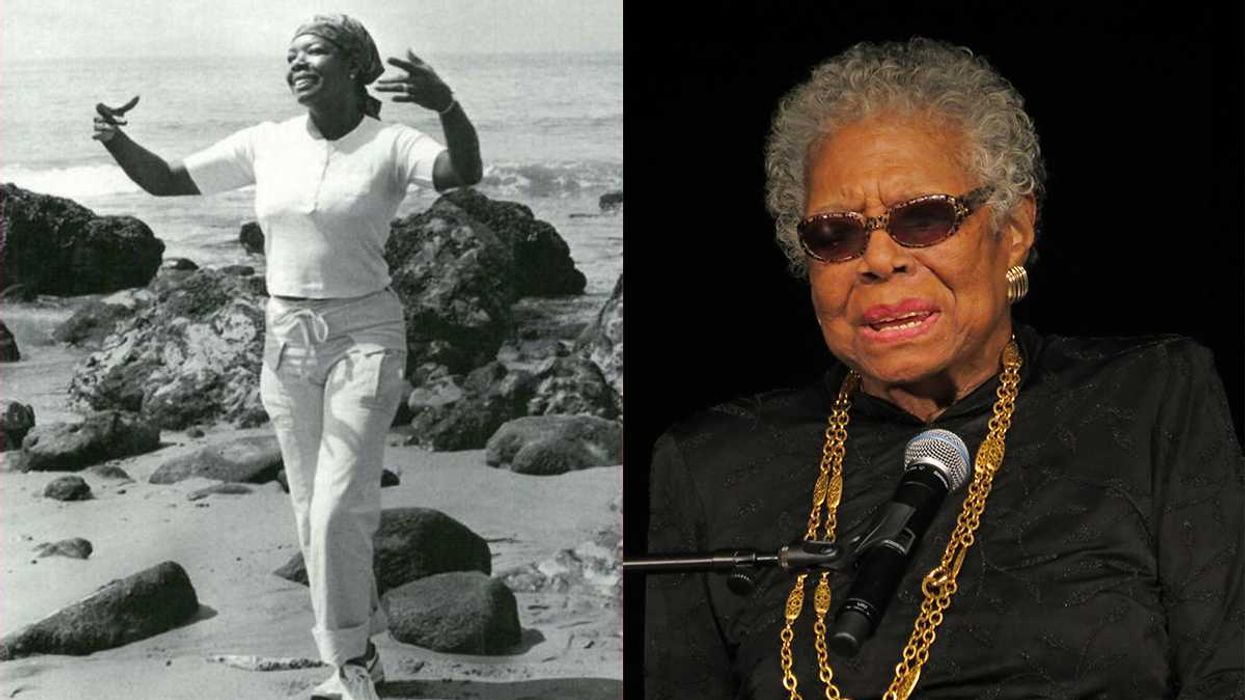When I took a poll of my elementary students’ future career aspirations, an overwhelming majority wanted to be a celebrity: a professional athlete, singer/rapper, actor/actress, or model. I can’t really blame them for wanting to be famous. When I was their age, I wanted to be the next Oprah.
As an educator, I could take the safe route and simply have them write down their goals and dreams, like many teachers do. But my degree in sociology nags at me to go deeper. After asking them what they want to be, I then ask why and whether they want to go to college. Quickly, a trend becomes clear—while many want to make vast sums of money, most don’t envision going to college as a way of getting there.
Many people believe, “They’re just kids, let them be whatever they want.” On one hand, I agree that we should not crush a child’s dream. Elementary students are fragile beings who are in the beginning stages of exploring the world around them. Nonetheless, it is also possible for schools to expose children to options while delicately handling their childhood aspirations.
Countless children in low-income and under-resourced communities lack exposure to the vast amount of careers available to them—especially careers that require a college degree. For instance, a lot of their career role models are celebrities who rarely emphasize education in their route to success. Professional athletes are often worse. As a result, kids look at Kobe Bryant and LeBron James, who skyrocketed to fame right after high school, as the rule and not the exception.
A lack of exposure to college and jobs at an early age is ultimately doing those students and their communities a disservice. This oversight maintains a poverty cycle that inhibits families and communities from building sustainable, economic cities built by children who go away college and could bring back marketable skills.
Although I grew up in an impoverished city, my parents exposed me to lawyers, doctors, journalists, and businessmen. Both of my parents are college-educated, which I soon learned was the exception, not the norm, for most children in my hometown. Because of this I was able to balance my childlike ambitions with more realistic, attainable careers. I was able to make the connection between the most successful people in my rural community and college as my next step after high school graduation. I had a steadfast conviction that if I wanted to be successful, college was the only route to get there.
As more schools are focusing on creating a college-going culture, they must focus dually on curriculum and early career/college awareness. Students must be challenged by a rigorous curriculum that ensures they are prepared to enter, be successful while enrolled, and graduate college in a timely manner.
It’s not enough for elementary, middle, and high schools to say simply say that all of its children will go to college. Schools have to ensure that the education those children receive will allow them to be confident in their K-12 education as a means to equip them to be competitive in a college classroom. Schools of higher education across the country are struggling to recruit and retain both low-income and students of color because many have not received a quality K-12 college-prep education.
Additionally, K-12 schools must become strategic in exposing their students at an early age to the vast amount of career opportunities available. At my school, we started College Week. Next to each classroom door was a spotlight of the homeroom teacher’s college/university, major, reason for going to college, and college involvement. The week culminated with the 6th, 7th, and 8th graders touring a couple of colleges in New Orleans.
A popular trend at a lot of charter schools is to refer to their homerooms as the class of their college graduation year. I’ve seen many school teachers decorate their classroom doors as their alma mater, not to mention creating chants and songs that center around a college-going theme.
Finally, schools must include parents and community members in their efforts. Parental involvement is key to student success. Schools are not islands, and must invest neighborhoods in their college efforts.
Granted, creating community pathways for college is not something done overnight. However, schools can lead the efforts through purposeful plans of action and systemic solutions. As school leaders and staff gear up for another school year, I hope they spend time going beyond the belief that “all students will go to college” and work together to create a unified culture in their schools. We can rebuild impoverished communities and school districts, one college-educated student at a time through both a curriculum and early college/career awareness approach.
Photo via.
Darla Bunting is an elementary school teacher in Washington, DC. This is her first dispatch for GOOD.
















 Otis knew before they did.
Otis knew before they did.